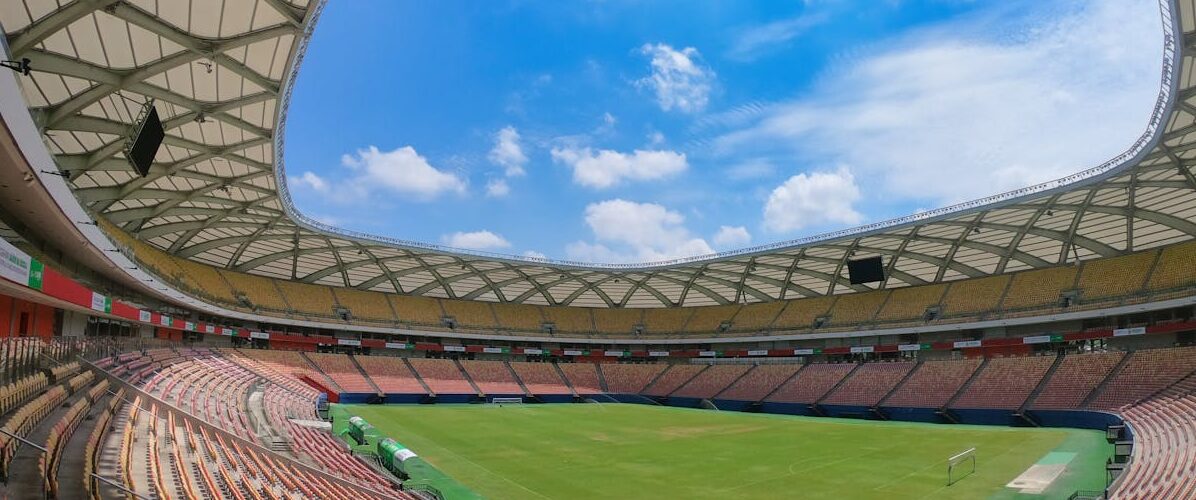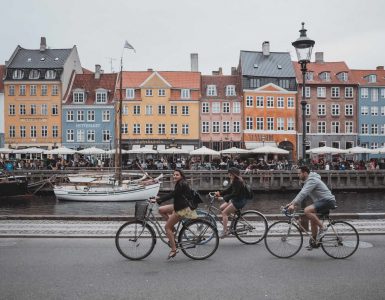The Olympic Games are one of the biggest sporting extravaganzas in the world. It is a culmination of years of practice by sportsmen and months of preparations by host nations.
This year, the Olympic Games are being held in France’s capital, Paris.
From July 26 to August 11, 2024, more than 10,000 athletes will participate in multiple sporting competitions, held over some amazing venues and supported by thousands of support staff, games officials, volunteers, journalists, and fans. More than 2 million people are expected to visit the French capital over the next 2-3 weeks.
Hosting the world’s biggest sporting event produces vast carbon emissions through its construction, transportation, waste generation, food, and energy use.
Previous Olympics in London (2012) and Rio (2016) emitted around 3.5 million metric tons of CO2, while the Tokyo Olympics in 2021, held amidst the COVID pandemic produced 2.73 million tonnes of CO2 of which the majority was due to construction and renovation of infrastructure.
The growing concern for environmental degradation has led the International Olympic Committee (IOC), the sports authority responsible for organising the modern Olympic Games, to take action.
The IOC is working with the host nations to take as many measures as possible to reduce the carbon emissions generated by the Olympic Games.
Paris aims for at least 50% fewer carbon emissions than previous events.
Let us look at the climate actions at the Paris Olympics.
Construction and Infrastructure
In many previous Olympic Games, host cities spend extensive amounts of resources on building new stadiums and competition venues. However, once the games are over, many resource-intensive buildings are neglected and abandoned.
Here’s a look at some previous Olympic venues, now lying in shambles.
Paris decided to change this scenario, instead of building any new buildings and stadiums, 95% of the venues at the Paris Olympics are existing and temporary, built near famous landmarks – like Beach Volleyball in a temporary stadium built near the Eiffel Tower, Fencing and Taekwondo at Grand Palais (exhibition center built in 1900), Equestrian events at ornate grounds of the Palace of Versailles, Lawn Tennis at the famous Rolland Garros, etc.
For swimming competitions, a new Aquatics Centre is developed using recycled and bio-based materials.
To promote the circular economy at the venues, all temporary spectator seating is made from recycled plastic waste.
This strategy of repurposing existing infrastructure for the purpose of games is going to dramatically reduce construction-related emissions compared to previous editions.
Athletes Village
Athletes Village is where all the participating sports stars rest after intensive practice sessions or competitions. It is an important part of any Olympics.
The new athletes’ village in Paris will be repurposed later as social housing.
To lower the impact of carbon emissions generated due to traditional air-conditioner cooling, the rooms of the Paris Olympics Athletes Village have geothermal cooling and natural ventilation.
Similar to the Tokyo Olympics, the beds in the athletes’ village are constructed using recycled cardboard while the mattresses are made with recycled plastic waste. The other furniture and equipment used during the Games are leased and will be repurposed afterward.

Mobility
Another aspect of the Paris Olympics’ green strategy has been ensuring that all venues are accessible by public transport. The fans, officials, and other stakeholders are encouraged to take trains instead of flights, wherever possible.
In addition, the city has built dedicated bicycle lanes and made provisions for rental bikes to promote eco-friendly travel across all venues.
Food
France is famous for its traditional gastronomic meals, which are even inscribed in UNESCO’s cultural heritage. Famous dishes like Quiche Lorraine, Boeuf Bourguignon, Bouillabaisse, and Escargots largely comprise eggs, fish, and meat.
To lower food-related carbon emissions, the Paris Olympics has decided to take a different approach, where the athletes will be served plant-based meal options with 80 percent locally sourced ingredients.
Energy
The energy initiative set out by Paris 2024 has aimed to supply all Olympic venues with renewable electricity sourced from wind and solar farms in France.
Another interesting change at the Paris Olympics is the Olympic cauldron. For the first time in the history of the Games, the Olympic Flame will not be lit using fossil fuels, instead, an illusion of the flame will be created using clouds of mist and LED lights.
Wrapping Up
As our Planet continues to witness rising temperatures, floods, and other climate disasters, major sporting events like the Olympics and other important sports World Cups must take immediate steps towards climate mitigation.
Moreover, the effectiveness of the climate measures also lies with sponsors, sports bodies, competition venues, fans, and spectators. Only when there is collaboration and participation, we can make our sports sustainable.
Here is a short video on the Change Started YouTube channel that highlights the measures taken at the Paris Olympics to make it environment-friendly.
Want to read about sustainability measures taken at the Tokyo Olympics? Read here






Add comment